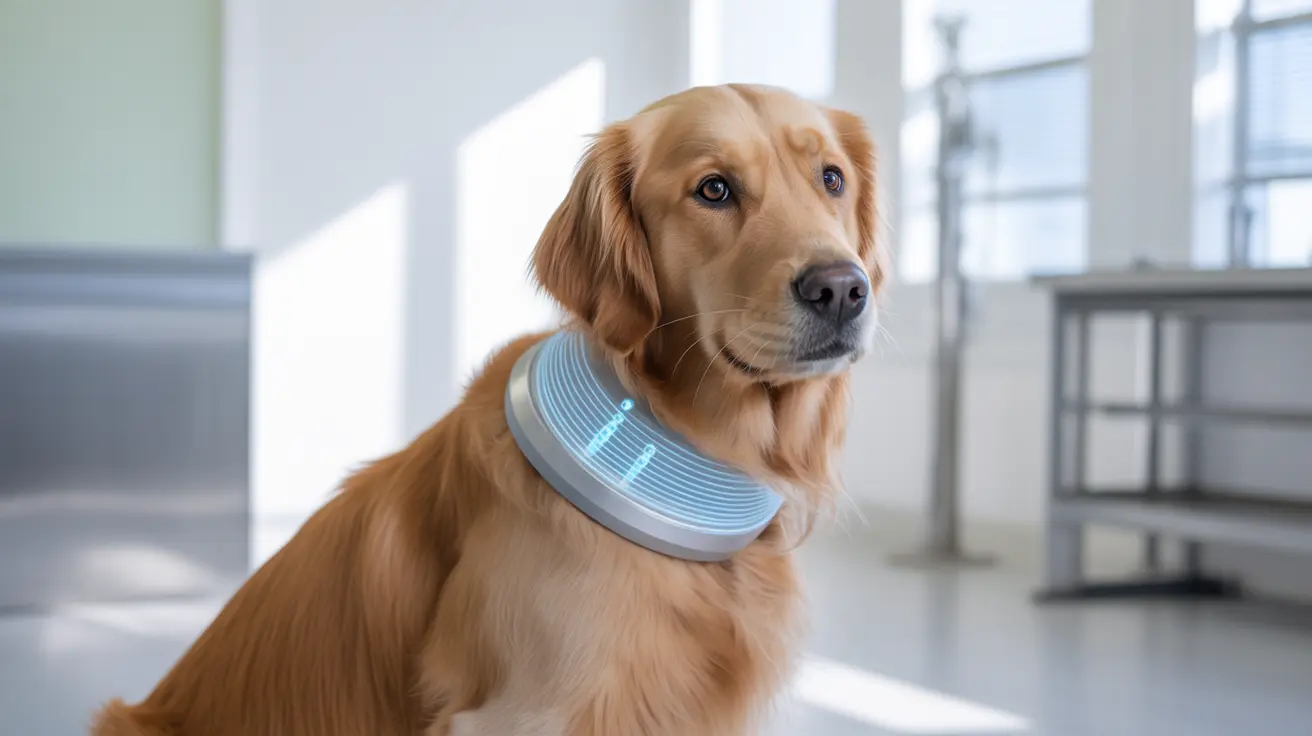Understanding the Main Causes of Hyperkeratosis in Dogs
Hyperkeratosis is a common skin condition in dogs characterized by an abnormal thickening and hardening of the skin due to an overproduction of keratin. This excess keratin accumulates particularly on areas such as the paw pads (digital hyperkeratosis) and the nose (nasal hyperkeratosis), leading to discomfort and potential health complications.
What is Keratin and Its Role?
Keratin is a key structural protein essential for forming the outer layer of the skin, as well as hair, nails, claws, and paw pads. While keratin strengthens and protects the skin, its excessive production can cause the skin not to shed properly, leading to crusty, thickened, or cracked areas.
Primary Causes of Hyperkeratosis in Dogs
Hyperkeratosis can result from various underlying factors. Below are the main causes of this condition in dogs:
- Genetics: Some dog breeds are genetically predisposed to hyperkeratosis. Breeds such as English Bulldogs, French Bulldogs, Boxers, Labrador Retrievers, Cocker Spaniels, Irish Terriers, Dogues de Bordeaux, Basset Hounds, Beagles, and Boston Terriers commonly show hereditary forms. Symptoms may appear in young dogs aged four to nine months.
- Age: Senior dogs often develop age-related hyperkeratosis, particularly at pressure points like elbows or hips from frequent lying down, which causes calluses and skin thickening.
- Autoimmune Diseases: Conditions such as pemphigus foliaceus and lupus erythematosus can cause the immune system to attack the skin, leading to abnormal keratin formation and thickened skin patches.
- Infectious Diseases: Viral infections like canine distemper and parasitic illnesses such as leishmaniasis can compromise the skin’s integrity, leading to hyperkeratosis.
- Nutritional Deficiencies: A lack of essential materials like zinc can cause a specific type of hyperkeratosis known as zinc-responsive dermatosis. This condition occurs due to poor zinc absorption in genetically susceptible breeds or insufficient dietary zinc in fast-growing breeds.
Recognizing the Symptoms
Early detection is important. Common signs of hyperkeratosis include:
- Thickened, crusty, or rough skin on paw pads or nose
- Frond-like or feathered skin projections
- Dryness, cracks, fissures that may bleed
- Lameness or pain, especially when walking
- Loss of pigmentation or pinkish skin changes
- Secondary skin infections from microbial entry
Diagnosis and Veterinary Evaluation
A veterinarian will assess the skin’s condition and may order tests such as:
- Blood tests and urinalysis
- Skin scrapings or biopsies
- Cultures to detect secondary infections
This diagnostic process helps identify whether the hyperkeratosis is hereditary, idiopathic, infectious, or associated with systemic disease.
Treatment and Management
While there is no cure for idiopathic or hereditary hyperkeratosis, symptom relief and comfort improvement are achievable:
- Topical treatments: Emollients, keratolytic agents (e.g., salicylic acid, urea), and moisturizing balms
- Keratin removal: Safe trimming or filing of thickened patches by a vet
- Soaking: Warm water or Epsom salt foot soaks to soften keratin buildup
- Infection control: Topical or oral antibiotics or antifungals when infections arise
- Nutritional support: Ensuring adequate zinc and essential fatty acids in the diet
- Underlying condition treatment: Immunosuppressants or other medications for autoimmune or systemic diseases
Prevention in At-Risk Dogs
For breeds with genetic risk or dogs with previous symptoms, proactive measures can reduce the likelihood or severity of hyperkeratosis:
- Regular skin inspections, particularly the nose and paw pads
- Clean, cushioned bedding to prevent pressure sores
- Balanced diet rich in vitamins and minerals
- Vaccinations and parasite control to avoid infections
- Use of moisturizing products with vet approval
Though it may be a chronic condition in some dogs, with diligent care and medical management, affected dogs can enjoy a good quality of life.





